
Listen to this post
Herdedwords.com uses affiliate links. This means we receive a commission on the sale of certain items. This is at NO additional cost to you. Visit the policies page to learn more.
There are many different names for secondary characters.
- Secondary Characters
- Supporting Characters
In 6 Essential Character Types, we covered 5 major secondary characters (plus the main character) that your novel needs to have. But there are a lot more secondary characters that you could include.
A secondary character is one that is necessary for the story. The story wouldn’t be complete without them. In some way, they’re essential to the progression of the story.
Table of Contents
Two Types of Secondary Character
There are two types of secondary characters: major and minor.
Major Secondary Characters
Major secondary characters are the big guns. A novel needs these characters. 99.9995% of the time it can’t just be the protagonist and antagonist.
There are the essential ones (sidekick, antagonist, etc.,) but there are a lot more.
Most novels (and writing guides) focus on the secondary characters important to the protagonist – but there will also likely be important characters who are on the antagonists’ side.
Minor Secondary Characters
Minor secondary characters are still important. They’re fulling developed. But, they only play a small role in your story.
What do ALL Secondary Characters Need?
Major and Minor secondary characters need the following things:
#1: Backstory
You don’t have to share the backstory with the reader, but secondary characters need to be fully developed.
Knowing the backstory of a character will make your writing of them deeper, consistent and more authentic.
#2: Autonomy
Secondary characters are autonomous. They aren’t props to be used and then put on a shelf. They’re living real lives.
#3: A Distinct Name
I don’t mean they should all have strange, difficult, or abnormal names. I mean they should be distinct from each other.
Jenn, Jem, Jenny, Jenna, Jennifer are all way too close to each other. Use one and name your other characters something different.
Mike, Micah, Michelle, Michael, Misha are also close to each other. Imagine trying to remember if it’s Micah or Misha that found the gun.
#4: Create Conflict
Secondary characters should create conflict and tension in a novel. It doesn’t have to always be with the protagonist – it can be with other characters.
#5: Relatability
Characters – all, not just secondary – need to be relatable. This means that they aren’t going to be 100% good or 100% bad. They will live in the grey area in between. Make sure your secondary characters have both positive and negative traits.
Major Secondary Characters also need the following:
There’s one more thing that major secondary characters need but minor ones do not.
#6: Develop the Story & World
All secondary characters need to serve some sort of purpose in developing the story. They also provide additional perspectives on the story and the world around them.
They can work to support/help/assist the protagonist (like a Sidekick), or they can work against the protagonist (like an Antagonist).
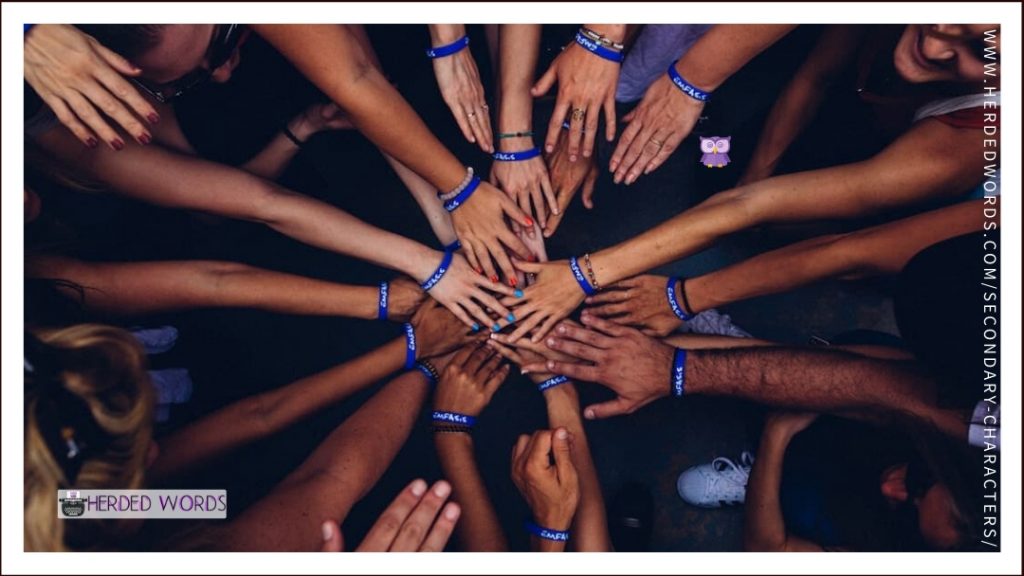
How Many Secondary Characters?
Every novel is unique. There are 5 essential major secondary characters your novel must have:
- The Sidekick
- The Mentor
- The Skeptic
- The Love Interest
- The Antagonist
The longer the novel (or series) the more secondary characters you’ll have.
If you’re writing a series, your secondary characters may change throughout the series. Let’s talk Harry Potter as an example. Looking at the Weasley family:
- Arthur
- Molly
- Bill
- Charlie
- Percy
- Fred
- George
- Ron
- Ginny
Ron plays the Sidekick through all 7 novels. Fred and George are minor secondary characters in all 7 novels. The rest of the family varies.
For most of the novels Bill, Charlie, and Ginny are extras (if they appear at all). Eventually, Ginny becomes a major secondary character as Harry’s love interest but this isn’t until book 6 (the Half-Blood Prince).
Arthur, Molly, and Percy are minor secondary characters for the most part. In some novels, they play stronger roles and edge into major secondary character territory.
I chose the Weasley family as an example because they don’t always conform. Because their roles change. Because there are so many of them. If you look at any single book alone, the roles of the Weasley family might be different than any other single book.
There are no hard rules. Just guidelines.
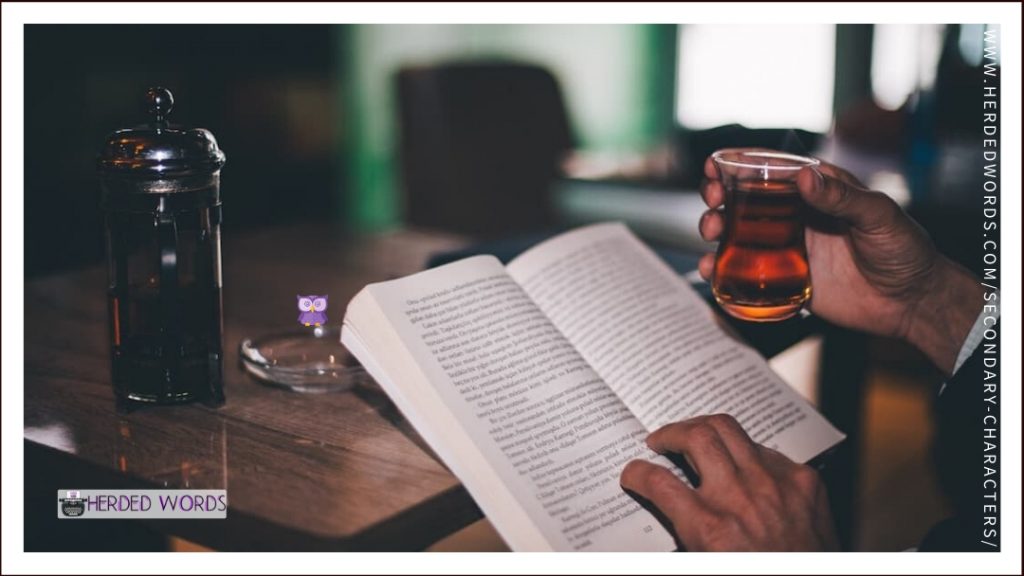
Secondary Character Examples from Bestselling & Award-Winning Fiction
One Harry Potter example just isn’t enough. Let’s check out the secondary characters in some modern bestselling and award-winning novels.
THE GIRL WHO KICKED THE HORNET’S NEST
THE GIRL WHO KICKED THE HORNETS’ NEST, published in 2010 is a mystery, thriller & suspense novel by Stieg Larsson. It’s book 3 in the Millennium series.
THE GIRL WHO KICKED THE HORNETS’ NEST spent 9 weeks at #1 on the NYT Bestseller List. The Swedish version of the movie was released in 2009. The US version of the movie is not yet complete.
Secondary Characters Examined
- Erika Berger
- Richard Ekstrom
Backstory
Erika is a well-developed character who played an important role in the first two novels.
Richard Ekstrom’s backstory is provided in brief snippets, just enough to make sure the reader knows him.
Autonomy
Erika has full autonomy and uses it. For example, she leaves her company and takes a new job.
Richard’s autonomy is a little more complicated. His role is to be a puppet, but he grows beyond that.
Distinct Names
This novel was translated into English. The names were left the same. They’re not all common names in English but they are distinct enough from one another to not cause problems for the reader.
Conflict
Erika has a lot of her own conflicts in this novel (with her job and Mikael).
Richard’s job is to prosecute Lisbeth. This prosecution causes a lot of conflicts. The fact that he’s working as a puppet for the section also increases tensions.
Relatability
Both of these characters are relatable. Erika struggles with her job, what she wants, and doing the right thing. Richard is relatable as someone who thinks they’re right when they’re not. He eventually realizes his mistake.
Develops Story
Richard is part of the main story (Lisbeth’s trial).
THE UNDERGROUND RAILROAD
THE UNDERGROUND RAILROAD, published in 2016, is a historical fiction novel by Colson Whitehead. Amazon Studios is planning a limited drama series based on the novel.
THE UNDERGROUND RAILROAD won the 2017 Pulitzer Prize for Fiction and the 2016 National Book Award for Fiction.
Characters Examined
- Mabel
- Ethel
Backstory
THE UNDERGROUND RAILROAD devotes alternating chapters to the backstory of some of its secondary characters. Chapter 7 is devoted to Ethel (1,662 words) and chapter 11 is devoted to Mabel (1,429 words).
Ethel plays a small role as a secondary character in chapter 6. Mabel plays a shadow role as a secondary character throughout the entire novel.
Autonomy
Ethel is unhappy with her life – but not unhappy enough to change it. She could because she’s autonomous.
Mabel is portrayed as a selfish character who abandoned her daughter. It’s not until her devoted chapter that the reader learns what happened. Cora never does. Mabel is as autonomous as a slave and mother can be.
Distinct Name
There’s never any confusion about who the characters are because of their names. Each character has a name different enough from all others to keep things clear.
Conflict
The situation in North Carolina is extremely tense and dangerous. Ethel creates extra tension because she’s so unhappy to have Cora there.
Mabel adds conflict and tension throughout a large part of the novel. She causes conflict within Cora (bitterness that she left) and she increases the conflict with the slave catcher (he’s not going to have mother and daughter get away from him).
Relatability
Both characters are highly relatable. It’s difficult to envision yourself in either situation but when you do, you have to wonder if you’d really handle it any better than they did.
Develops Story
Both are vital to the story. Cora might never have even considered leaving if her mother hadn’t. Cora probably would have died without Ethel tending to her.
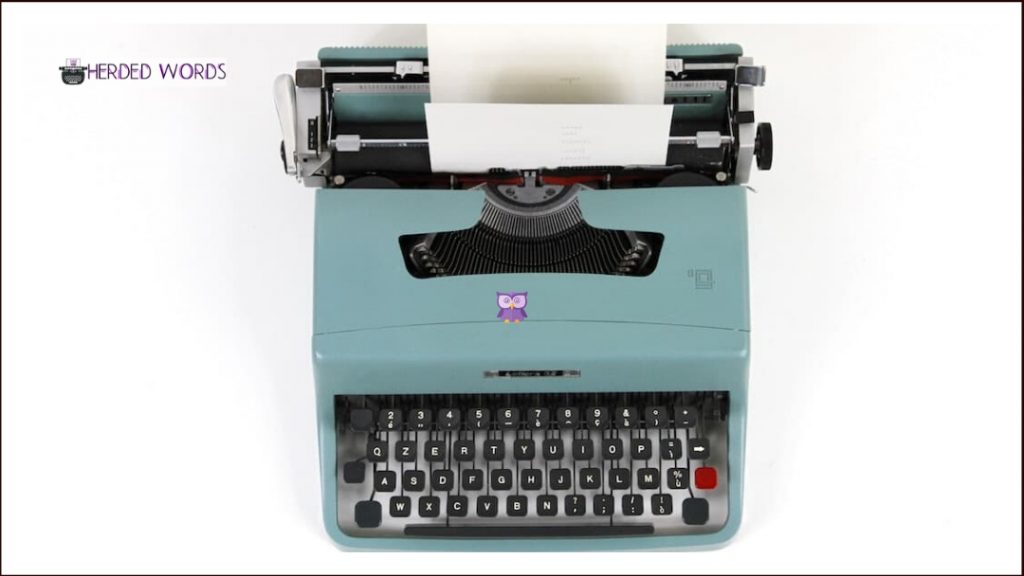
Writing Practice: Exercises & Prompts
It’s time for you to get to work. Reading about secondary characters isn’t enough, you’re going to have to do your own analysis and writing.
What are you waiting for? Get started with these exercises and prompts!
Exercise: Analyze More Novels
Every genre will be a little different. Choose some of your favorite novels and some novels in the genre you want to write in (if they’re different).
Choose 2 or 3 secondary characters and analyze their roles in each novel.
- Which characters are you analyzing?
- Do the characters have autonomy? How?
- Are their names distinct?
- Do they add conflict or increase tension in the novel? Provide examples.
- Are they relatable? Why or why not?
- Do they help develop the story world? How?
Exercise: Adapt LITTLE RED
LITTLE RED-CAP is lacking secondary characters. It’s time to add some.
Your task: Write a new scene of at least 400 words, that features a new character.
Prompt:
A wife founds out (at the rehearsal dinner) that her wedding planner and soon-to-be husband were engaged.
Your Task: Write a scene of at least 400 words featuring a group of characters.
Character, Character, Character
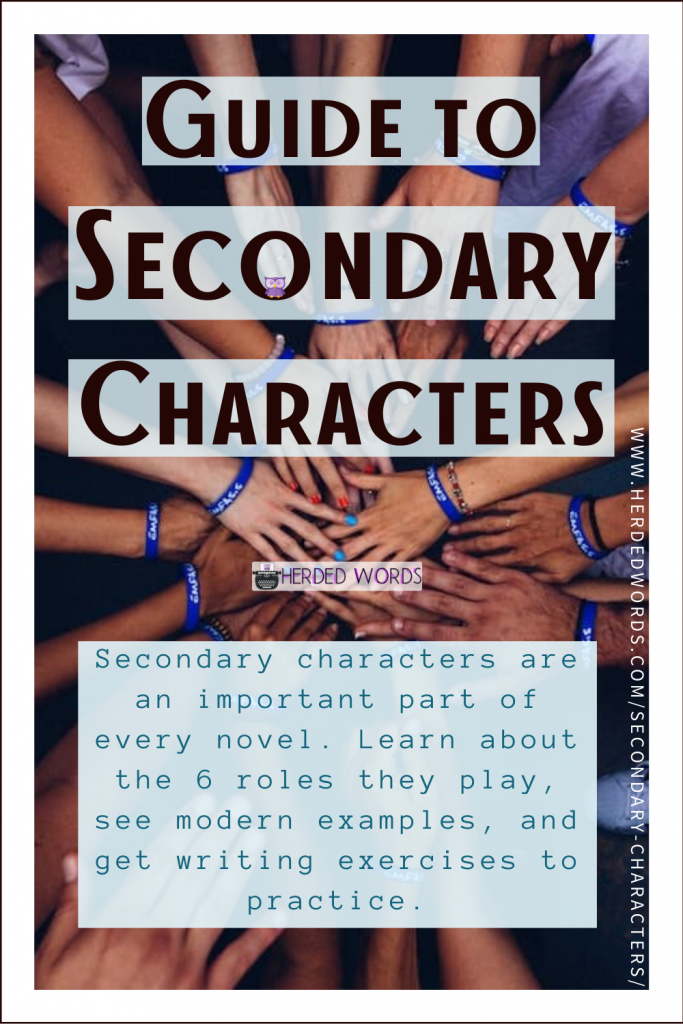
Secondary characters are the lifeblood of a novel. Without them, stories would be incomplete.
Following these guidelines to make your secondary characters a valuable part of your book!
Your cast of characters is almost finished. The only ones left are the minor characters and extras. Check out How to Write Minor Characters next.
Like this post? Please PIN IT and follow me on social media. Thanks!
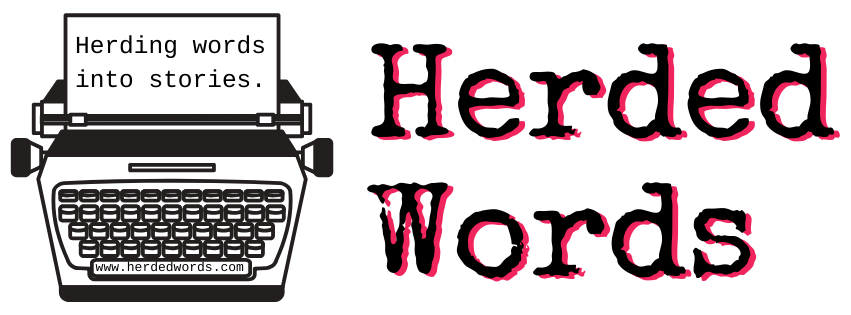
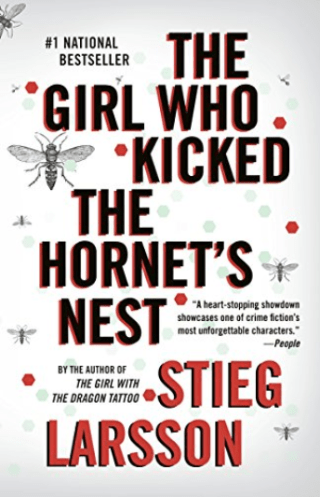
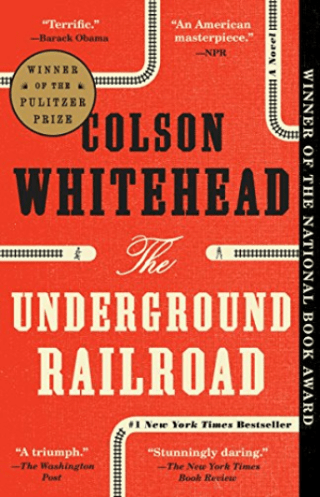

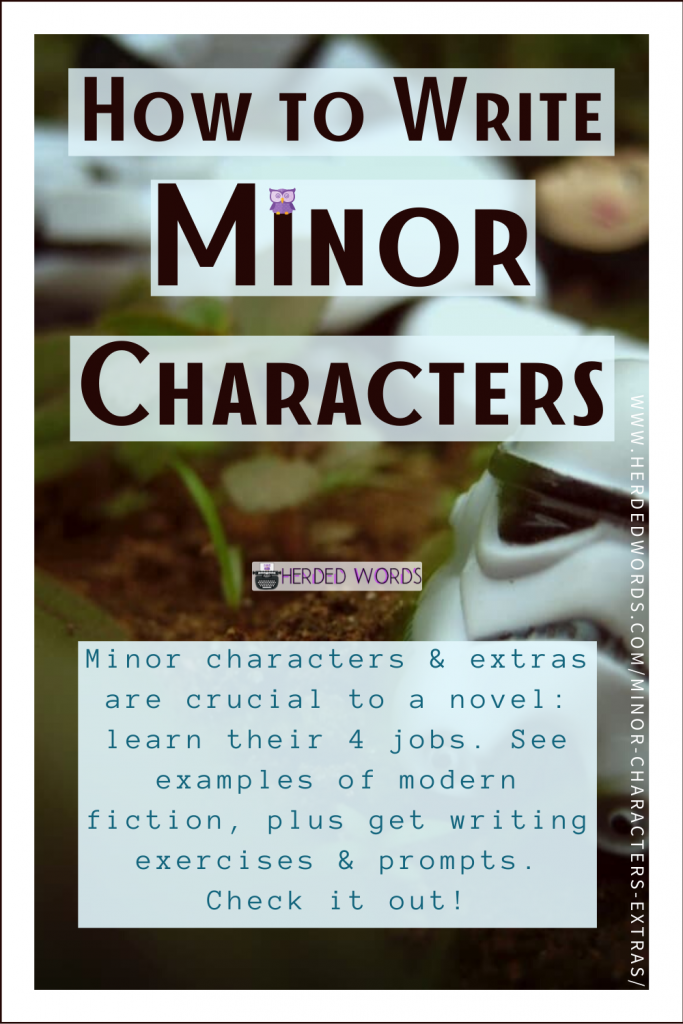






Trackbacks/Pingbacks